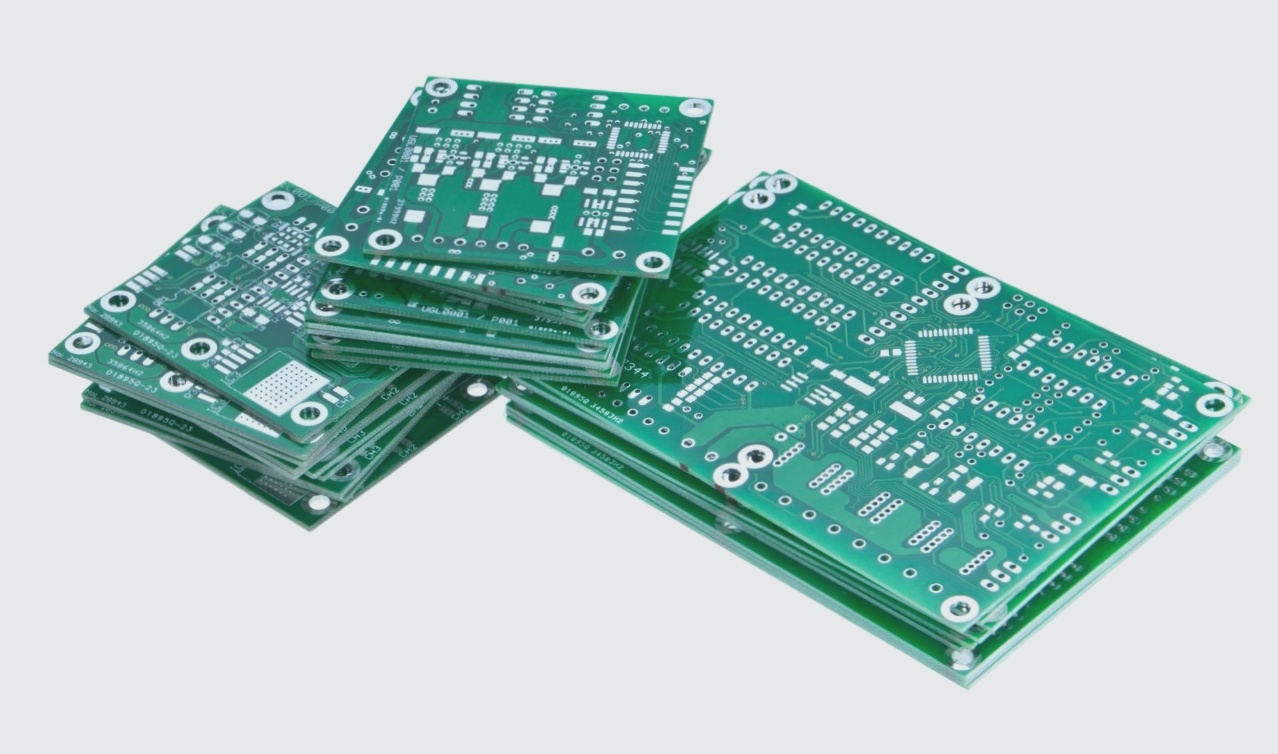Natural Air Cooling and Forced Air Cooling in PCB Design
In the realm of PCB design for switching power supplies, two prevalent cooling methods are natural air cooling and forced air cooling. When opting for natural air cooling, it is essential to install heat sinks with their fins positioned vertically. To improve air convection, consider incorporating several ventilation holes around the heat sink’s mounting area on the PCB. On the other hand, forced air cooling utilizes a fan to facilitate air convection. In this scenario, ensure that the design of the air duct aligns the heat sink’s fins with the fan’s exhaust direction. Detailed thermal resistance information for the heat sink near the exhaust fan can be found in the accompanying table.

Metal PCB Board for Enhanced Heat Dissipation
As the trend towards miniaturization of switching power supplies continues, the prevalence of surface-mount components in crystal production poses challenges for heat sink installation on power devices. A viable solution to this challenge is the utilization of metal PCB boards to support power devices. These boards come in various types, including aluminum-based, iron-based, and copper-clad variants. Their heat dissipation capabilities far exceed those of traditional PCBs, enabling the mounting of SMD components. Copper core PCBs, for instance, incorporate a copper plate insulation layer within the substrate, bonded using high thermal conductivity epoxy glass fiber cloth adhesive or epoxy resin. This construction allows for the mounting of SMD components on both sides, with high-power SMD components having their heat sinks directly attached to the metal PCB for efficient heat dissipation.
Optimal Arrangement of Heating Elements
Key heating elements in switching power supplies comprise high-power semiconductor devices, radiators, power conversion transformers, and high-power resistors. To ensure an efficient layout, arrange these elements in ascending order of heat generation. Place devices with lower heat dissipation requirements higher up in the air duct’s airflow direction, while positioning those generating higher heat closer to the exhaust fan. To boost production efficiency, multiple power devices are often affixed to a single large heat sink, ideally located near the PCB edge with a minimum distance of 1 cm from the enclosure or other components. In cases where multiple large heat sinks are present on a single board, align them parallel to each other and the air duct’s airflow direction. When arranging components vertically, situate devices with lower heat output in lower layers and those generating more heat in higher layers. It is crucial to keep heat-generating components as far away as possible from temperature-sensitive elements like electrolytic capacitors in the PCB layout.
